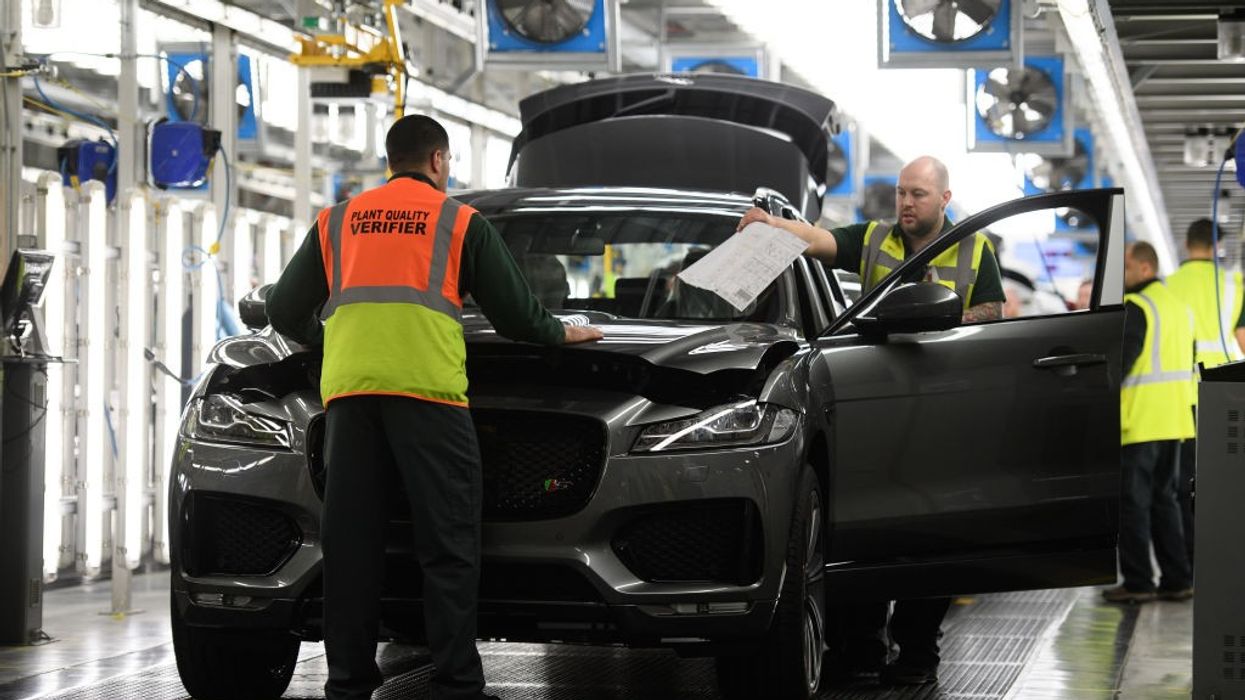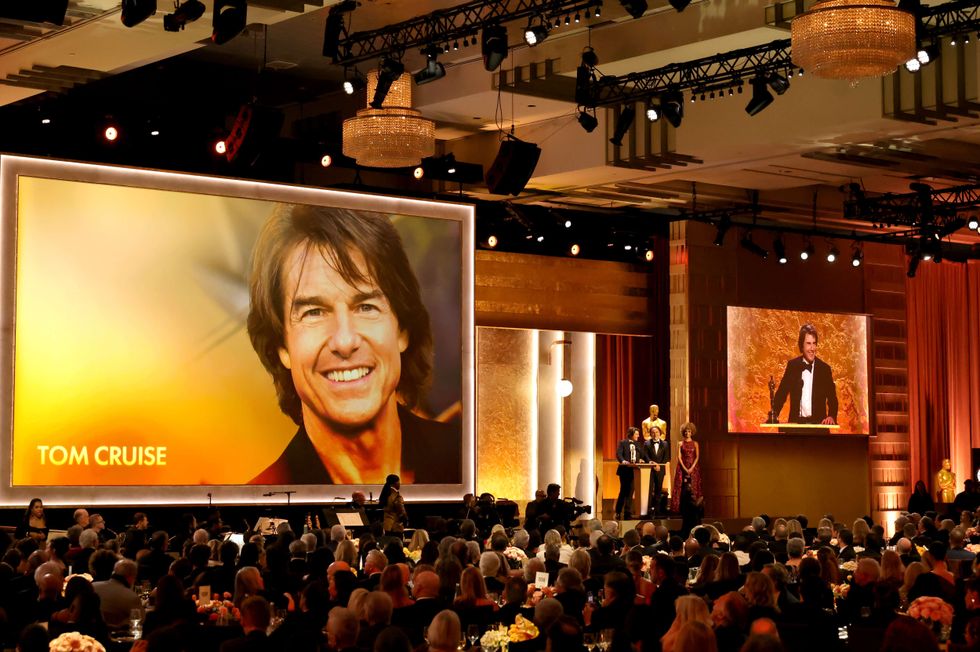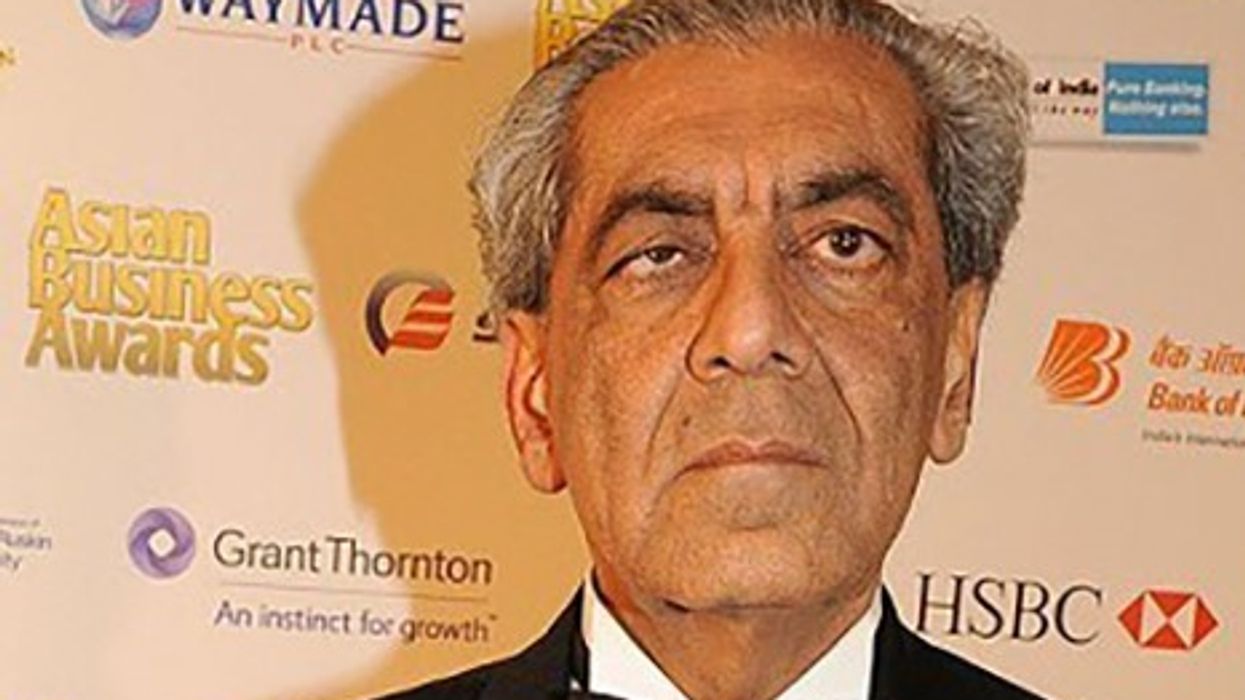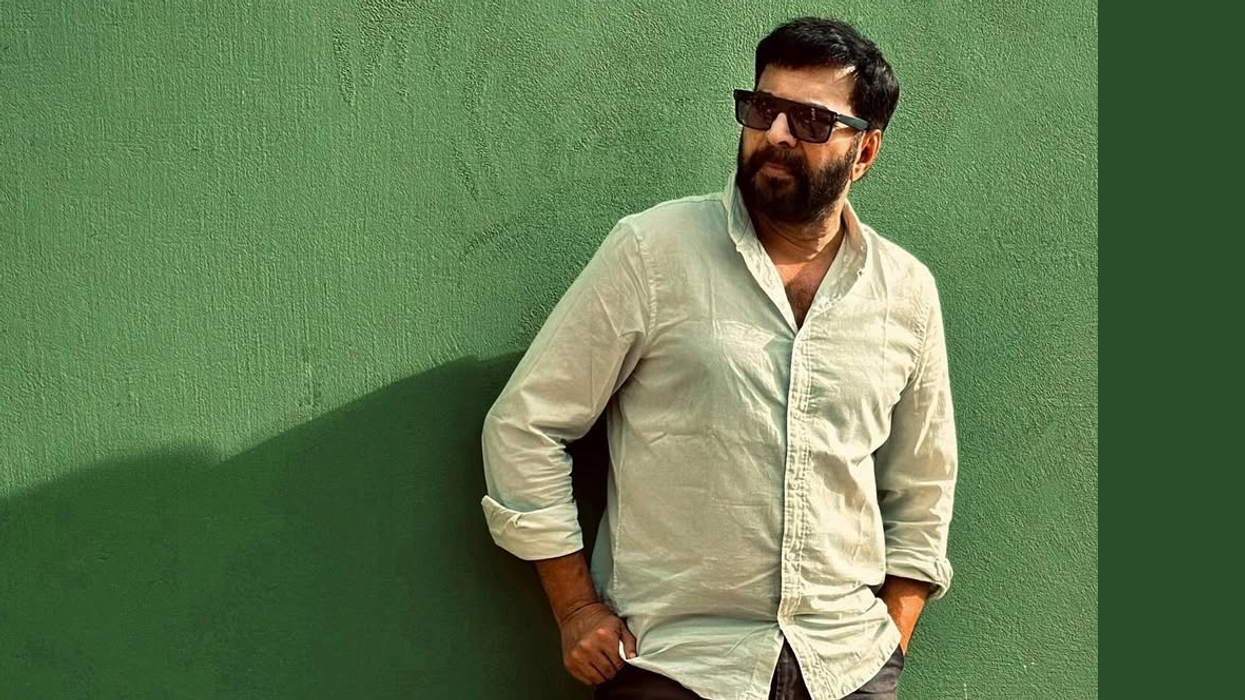The final death toll from the fire that destroyed the Grenfell Tower social housing block in London in June is 71, police said on Thursday (16) after five months of painstaking search and recovery operations.
The devastating blaze spread rapidly through Grenfell Tower on June 14, with 293 people inside as the only escape route became filled with smoke.
Seventy people died in the fire, London's Metropolitan Police said after the force concluded its "mammoth search and recovery operation".
The final two victims to be formally identified have been named as 71-year-old Victoria King and her 40-year-old daughter Alexandra Atala.
The eldest named victim was 82-year-old Ali Jafari, while a number of children also died. A stillborn baby was also recorded by police as a victim, but was not included in the coroner's final figure.
"I cannot imagine the agony and uncertainty that some families and loved ones have been through whilst we have carried out our meticulous search, recovery and identification process," said police commander Stuart Cundy.
"Specialist teams working inside Grenfell Tower and the mortuary have pushed the boundaries of what was scientifically possible to identify people," he added.
After the initial recovery of victims, investigators searched through 15.5 tonnes of debris on each floor to find fragments such as bones and teeth.
As well as using police dogs, forensic anthropologists, archaeologists and odontologists were brought in for the unprecedented operation.
Early on in the investigation police said they expected the death toll to be around 80, after narrowing down an initial 400 people listed as missing.
Multiple residents in the west-London block were reported missing several times, police said, while there were also a number of cases of fraud by people trying to cash in on funds allocated for the victims.
Earlier this month a 52-year-old man pleaded guilty to fraud after claiming he escaped the fire in which his wife and child supposedly died, recounting his fictional tale to investigators and journalists.
A public inquiry was launched following the blaze to examine the circumstances of the fire at Grenfell Tower, where predominantly working-class residents lived within Britain's wealthiest borough.
While it has taken five months to identify all of the victims, the police probe continues to determine if there was criminal responsibility behind the blaze.
"Our criminal investigation is continuing, and we are determined to do all we can to find the answers that so many people so desperately want," said Cundy.
(Reuters/AFP)





 Tom Cruise wins honorary Oscar at Governors Awards after emotional speech Getty Images
Tom Cruise wins honorary Oscar at Governors Awards after emotional speech Getty Images  Tom Cruise wins honorary Oscar as standout moment of the Governors AwardsGetty Images
Tom Cruise wins honorary Oscar as standout moment of the Governors AwardsGetty Images Tom Cruise wins honorary Oscar and delivers one of the night’s strongest speechesGetty Images
Tom Cruise wins honorary Oscar and delivers one of the night’s strongest speechesGetty Images Honorees Tom Cruise, Debbie Allen, and Wynn Thomas pose onstage during the 16th Governors Awards Getty Images
Honorees Tom Cruise, Debbie Allen, and Wynn Thomas pose onstage during the 16th Governors Awards Getty Images






